
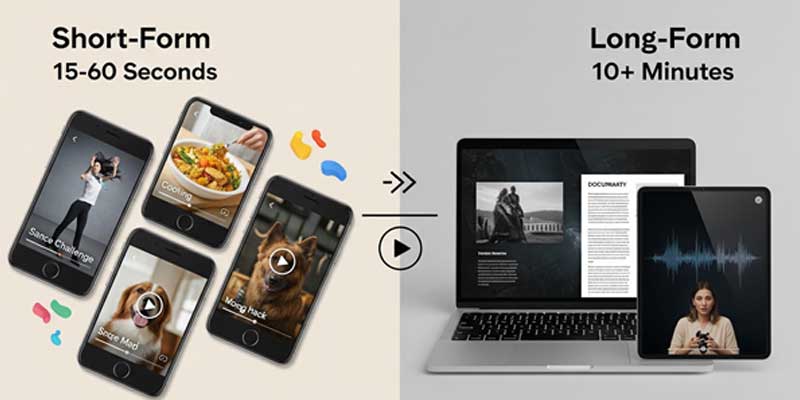
Today’s demanding digital environment has established video marketing as a dominant business tool for audience relationship development and customer engagement and business expansion. This blog examines video marketing trends 2025 which transform the industry and its related “growing trends” while providing how to boost sales with video marketing instructions alongside future predictions for video marketing.
Over the past decade, video has shifted from being a supporting element in marketing to the primary way audiences consume content online. From YouTube to TikTok, and from LinkedIn to Instagram, every major platform is now optimized for video-first experiences. According to recent industry reports, the average consumer spends more than 17 hours per week watching online videos, and this number continues to climb each year.
What makes this growth remarkable is the diversity of platforms where video thrives. Short-form content dominates TikTok and Instagram Reels, while long-form storytelling remains strong on YouTube. Even professional networks like LinkedIn are seeing higher engagement on video posts compared to static content. For businesses aiming to stay competitive, embracing video marketing trends is no longer optional—it’s the key to meeting audiences where they already are. Companies that fail to adopt a video-first strategy risk losing visibility to competitors who align with these shifting behaviors.
Following video marketing trends is not just about staying current—it directly influences return on investment (ROI) and customer engagement levels. For example, businesses using short, snackable videos on social platforms often see higher click-through rates and conversions compared to static ads. Similarly, interactive formats like polls, Q&A videos, or shoppable content keep audiences engaged longer and encourage them to take immediate action.
Video also helps brands build trust and authenticity faster. A well-executed testimonial or behind-the-scenes video can humanize a brand and create stronger connections with potential customers. This emotional resonance often translates into measurable business outcomes: increased sales, better retention, and a more loyal community. By staying aligned with the latest video marketing trends, companies ensure their content is not only watchable but also impactful.
Search engines increasingly prioritize video as a critical ranking factor. Google, for instance, often features video content at the very top of search results through video carousels or featured snippets. Having an optimized video strategy means your brand can capture prime visibility on both search engines and video platforms like YouTube.
Incorporating video marketing trends into your SEO approach strengthens your online presence in multiple ways. First, it increases on-page dwell time, a signal that search engines interpret as content relevance. Second, properly optimized videos with transcripts, closed captions, and structured metadata improve accessibility and give search engines more context about your content. Finally, videos are highly shareable, which leads to natural backlinks—one of the strongest ranking factors.
For businesses, this makes video not only a marketing tool but also a powerful driver of organic search growth. Leveraging video marketing trends ensures your brand stays visible where your audience is actively searching.
Artificial Intelligence is reshaping the way businesses produce content, making it one of the most influential video marketing trends in 2025. AI tools now allow marketers to generate scripts, automate editing, add voiceovers, and even create hyper-realistic avatars that can present videos in multiple languages. This reduces production time and costs while opening doors for personalization at scale. For small businesses and startups, even partnering with a video production company in Bangalore can help in leveraging AI-driven tools to create professional-quality videos without stretching the budget.
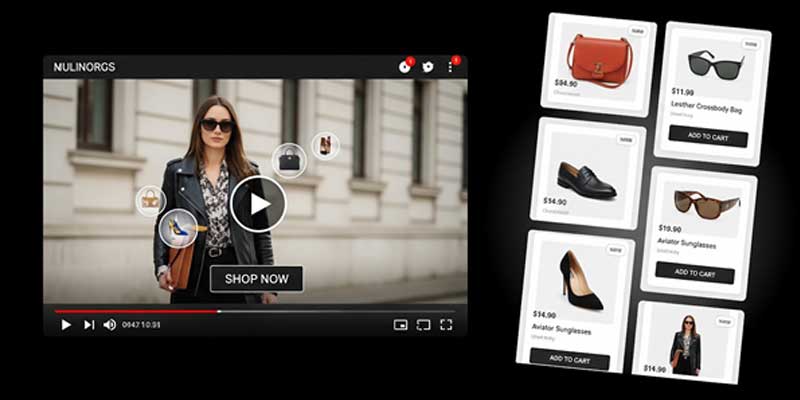
The debate between short and long-form video content continues, but in 2025, it’s less about one replacing the other and more about using them strategically. Platforms like TikTok and Instagram Reels thrive on quick, snackable clips, while YouTube and podcasts benefit from long-form storytelling. Successful brands are adopting a hybrid approach, repurposing longer content into bite-sized clips to maximize reach. Businesses collaborating with a creative ad agency in Bangalore often find that this mixed strategy helps them appeal to both casual scrollers and engaged learners, capturing audiences across the funnel.
As more than 80% of video views now happen on mobile devices, vertical video has become a standard rather than a trend. Platforms are designed for scrolling, and full-screen vertical formats ensure brands don’t lose visibility in crowded feeds. Businesses embracing mobile-first video marketing trends see higher engagement because their content feels natural to how people consume media today. Whether created in-house or through a video production company in Bangalore, mobile-optimized content is no longer optional—it’s expected.
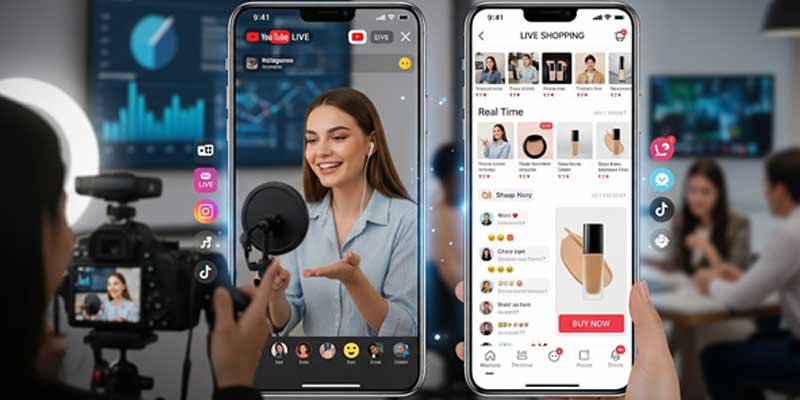
In 2025, videos are not just for watching—they’re for acting. Interactive and shoppable formats are one of the fastest-growing video marketing trends. Brands can now add clickable links, product tags, and interactive elements directly inside a video, allowing viewers to purchase without leaving the platform. For e-commerce brands, working with a creative ad agency in Bangalore can help design interactive campaigns that combine storytelling with direct conversions, turning engagement into measurable sales.

Live video continues to dominate as audiences crave authenticity and real-time connection. Platforms like YouTube Live, Instagram Live, and TikTok Live Shopping allow businesses to showcase products, answer customer questions instantly, and build trust in the moment. Live shopping, in particular, is exploding across Asia and rapidly expanding globally. Many businesses are teaming up with a video production company in Bangalore to ensure their live sessions are not just casual streams but professionally executed experiences that increase brand credibility.
Consumers are more likely to engage with content tailored to their needs. In 2025, businesses are leveraging analytics, AI, and CRM data to personalize video experiences—from custom recommendations to one-to-one product demos. Among the top video marketing trends, personalization delivers the highest ROI because it ensures every viewer feels like the content was made just for them. For brands looking to build such experiences, a creative ad agency in Bangalore can craft strategies that merge storytelling with data-backed personalization.
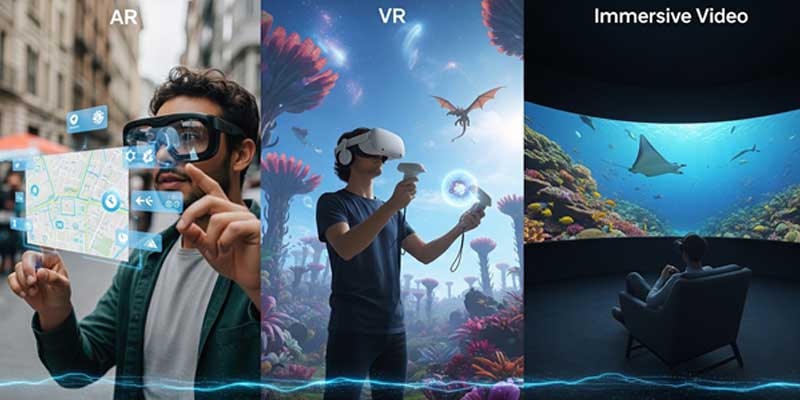
Audiences crave authenticity, and nothing feels more genuine than user-generated or employee-generated videos. Brands are encouraging customers to share product experiences and employees to highlight company culture. This grassroots form of content is cost-effective and highly engaging because it carries built-in trust. As one of the most impactful video marketing trends, UGC and EGC help businesses build communities rather than just audiences. To amplify such campaigns, a video production company in Bangalore can curate and repurpose UGC into branded storytelling.
With global audiences consuming content across different languages and abilities, accessibility is no longer optional. Adding captions, subtitles, and descriptive text not only makes videos inclusive but also boosts SEO performance. In fact, videos with captions see higher completion rates. Accessibility-first practices are now recognized as a leading video marketing trend, ensuring brands connect with wider, more diverse audiences. Forward-thinking brands often consult a creative ad agency in Bangalore to make accessibility a core part of their marketing strategy.
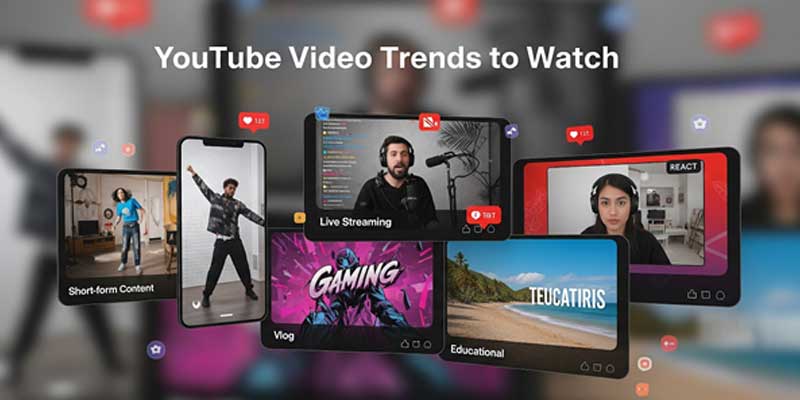
Augmented Reality (AR) and Virtual Reality (VR) are moving beyond gaming and becoming powerful marketing tools. Brands are using AR filters for interactive ads and VR experiences for virtual product demos or events. These immersive formats allow customers to “experience” products before buying, creating deeper engagement. While still evolving, AR and VR represent futuristic video marketing trends that set innovative businesses apart from the competition. Partnering with a video production company in Bangalore can help brands explore these immersive technologies without overwhelming their in-house teams.
As businesses become more conscious of budgets and environmental impact, sustainable video production is gaining attention. Marketers are reusing existing footage, relying on smartphone-quality cameras, and adopting virtual sets instead of costly shoots. This approach not only reduces expenses but also appeals to eco-conscious audiences. Among the emerging video marketing trends, sustainability reflects both smart resource management and alignment with consumer values. Many forward-thinking companies are turning to an advertising agency to design cost-effective campaigns that balance creativity with sustainability.
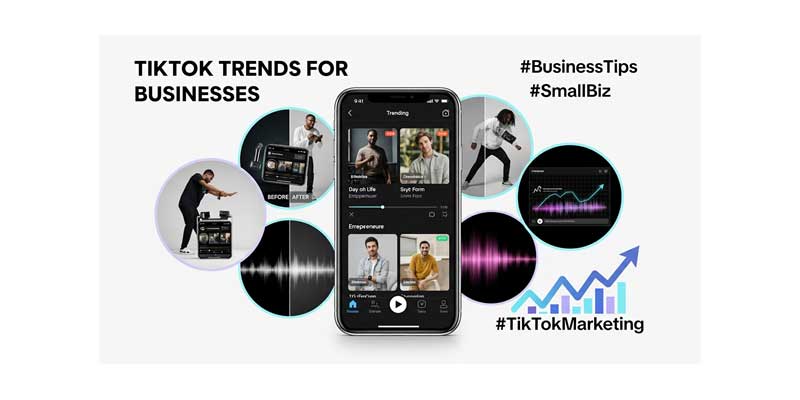
YouTube continues to dominate as the second-largest search engine in the world. In 2025, long-form educational content, in-depth tutorials, and podcasts are gaining traction, while Shorts remain a powerful tool for quick engagement. Brands that leverage YouTube’s SEO-driven features like descriptions, tags, and chapters can capture long-term visibility.
Instagram remains a hub for creative and interactive video content. Reels that use trending audio, fast transitions, and user participation challenges perform well. Stories, on the other hand, excel for behind-the-scenes updates and real-time brand interactions. Pairing both formats ensures consistent engagement across your audience.

TikTok is shaping cultural conversations and consumer decisions. In 2025, authenticity and creativity outweigh high production quality. Brands should tap into micro-trends, collaborate with creators, and explore TikTok Shop features for seamless shopping experiences. Staying agile on TikTok is key to riding viral waves.
LinkedIn has evolved into a powerful platform for thought leadership. Video content such as expert interviews, case studies, and industry insights performs strongly. B2B businesses are using LinkedIn videos not just for brand awareness but also for lead generation through precise targeting.
While Facebook’s organic reach has declined, video content—especially live streams—still generates engagement within niche communities. At the same time, emerging platforms like X (formerly Twitter) and niche apps are experimenting with new video features. Brands should evaluate ROI carefully before investing heavily, balancing risks with potential early-mover advantages.
Relying on just one platform is risky. An omnichannel strategy ensures your brand maintains visibility across YouTube, Instagram, TikTok, LinkedIn, and emerging platforms. Repurposing content for multiple channels maximizes reach while reducing production costs.
Video SEO remains critical for discoverability. Adding keyword-rich titles, detailed descriptions, closed captions, and engaging thumbnails improves rankings on both search engines and platforms like YouTube. Embedding videos on websites also boosts dwell time and supports overall SEO efforts.
Videos embedded in emails can increase click-through rates significantly. Similarly, blogs and landing pages enriched with videos provide better engagement and conversions. Integrating video seamlessly across your content marketing plan helps create a more dynamic customer journey.
To understand the real impact of video marketing trends, businesses must track performance metrics like view duration, click-through rate, and conversions. Tools such as Google Analytics, YouTube Analytics, and social media insights help marketers measure ROI and refine strategies for continuous growth.
Artificial Intelligence is no longer just a tool for efficiency—it’s becoming a creative partner. From AI-generated scripts to automated editing tools, businesses can now produce high-quality videos at scale. However, the human touch remains critical. While AI accelerates workflows, creativity, storytelling, and emotional connection still rely on human input. The future lies in balancing automation with originality, allowing marketers to innovate while staying authentic.
AR and VR technologies have been buzzing for years, but 2025 and beyond could finally push them into the mainstream. Brands are already experimenting with AR filters, virtual try-ons, and immersive VR experiences. The challenge remains accessibility—both in terms of cost and device adoption. As technology becomes more affordable, AR and VR are expected to play a central role in future video marketing trends, enabling highly engaging, interactive campaigns that blur the line between digital and physical experiences.
Industry experts predict that video will continue to dominate the marketing landscape, but the formats and strategies will evolve rapidly. Personalization, interactivity, and immersive storytelling are expected to drive the next wave of growth. Experts also emphasize the importance of ethical video practices—ensuring transparency, inclusivity, and accessibility. For businesses, staying ahead means not just following trends but anticipating shifts in consumer behavior and technology. Those who adapt early will secure a stronger competitive edge in the future.
Video marketing represents more than a corporate option since it has become absolutely necessary for success. The video marketing trends 2025 reveal that the approaching year will create numerous business possibilities by merging artificial intelligence with personal offer customization and augmented reality immersive environments. The enduring popularity of video marketing becomes evident through its growing trends and practical methods for using video to drive sales bolster corporate success. Potentially success in the evolving world of video marketing awaits you since today represents the best time to experiment with these trends for your business.